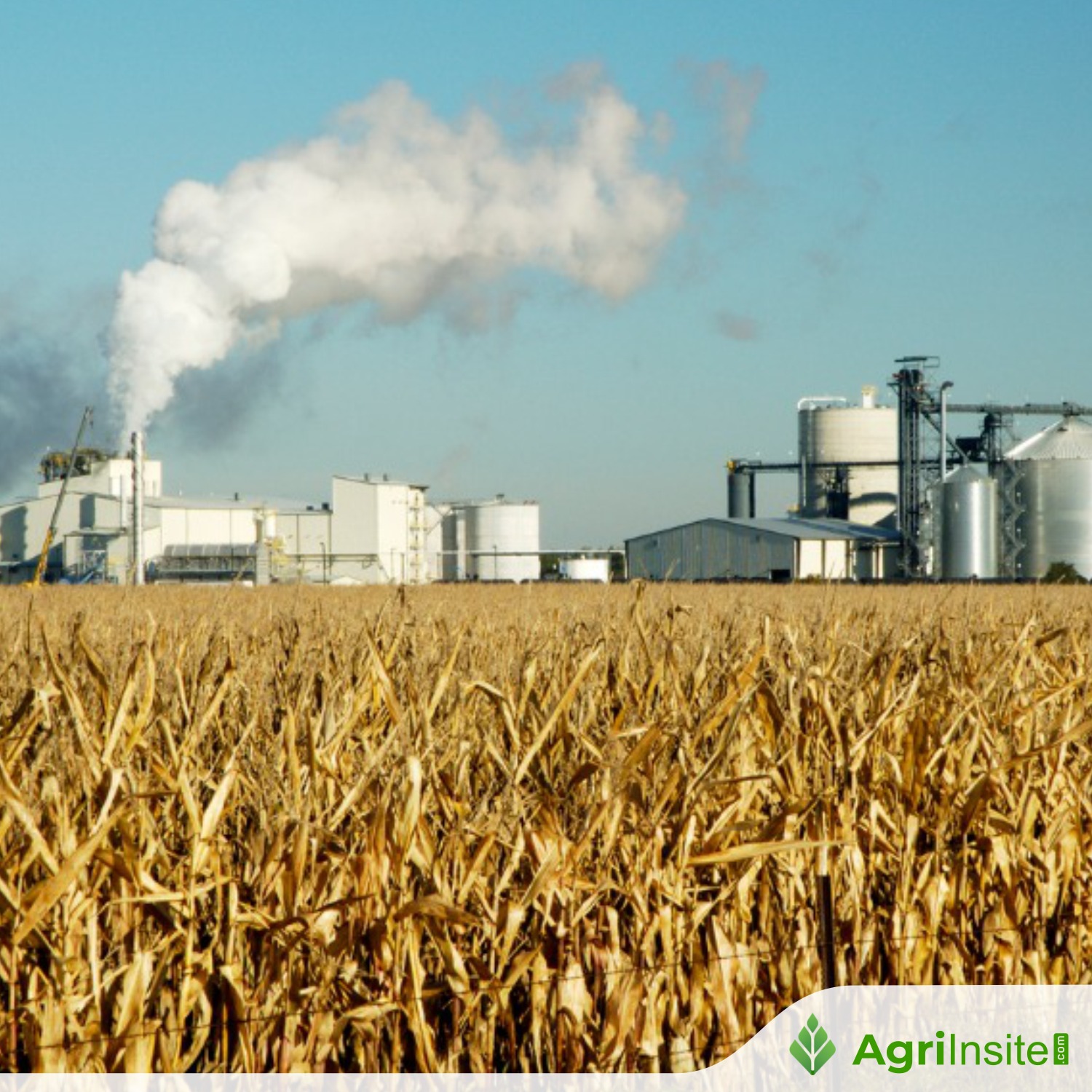Diversified in the Dakotas: A Tour of Tharaldson Ethanol

Since launching in 2008, Tharaldson Ethanol has become one of the most efficient plants in the U.S., expanding production to 175 MMgy. Using treated Fargo wastewater and advanced tech like Fluid Quip’s MSC system, the North Dakota facility now produces ethanol, DDGS, corn oil, and high-protein feed. With a strong local workforce and modern logistics, it continues driving ag innovation.
In the 17 years since Tharaldson Ethanol was built in 2008, the plant has explored new coproducts and expanded its production capacity, establishing itself as a destination for farmers across North Dakota and serving as both a market for local farmers’ corn and a source of feed for ranchers across the continent.
Gary Tharaldson, a North Dakota-based billionaire, decided to expand into an ag related industry in his home state. The site near Casselton was a good fit due to its proximity to the Burlington Northern Santa Fe railroad and Interstate 94, as well as its central location in North Dakota corn country, explains Ryan Carter, chief operating officer at Tharaldson Ethanol.
According to Danum Hofland, plant engineer at the facility, that year was a wet one in the Red River Valley, which constituted a challenge due to the amount of class 5 fill that needed to be trucked in to prep for concrete footings. When the plant was built, the nearby community was concerned about the water usage needed to run the ethanol plant. In response, the Tharaldson team reached out to the mayor of Fargo and asked to take some of the city’s treated wastewater, which was being treated and discharged into the nearby Red River. The plant did not build any wells to supply the plant with water, but rather built a pipeline from Fargo to Casselton, running the plant off of the city’s reused water.
Vogelbusch designed the facility, but North Dakota-based Valley Engineering handled the engineering. When the plant started up on December 31, 2008, it had a capacity of 124 MMgy but only ran at 40-45% capacity due to problems with the dryer. Carter explains that ICM came to the plant in 2009 and added a new drying system, which fixed the problem. “We continued over the years to just put new technologies in, and now we’re here today, probably one of the more efficient plants in the nation,” Carter says.
Over the years, Tharaldson Ethanol added a new energy center, more fermentation capacity and switched from continuous fermentation to batch fermentation. The plant now produces 175 MMgy of ethanol. Carter and Hofland explain that batch fermentation delivers lower operating expense and higher efficiency, along with cleaner fermentation. A batch takes around 56 hours to complete. The facility has seven fermenters, each with a capacity of 1 million gallons.
A staff of around 80 people runs the plant; many originate from the nearby towns of West Fargo, Mapleton and Casselton. The 22-member maintenance team works to keep the plant up and running, rebuilding pumps and other components as needed.
Tharaldson Ethanol receives trucks within a 150-mile radius, mostly from North Dakota. The plant can receive up to 400 trucks per day loaded with 1,000 bushels of corn each. Hofland explains that the facility has 12 long-term storage bins, each holding 500,000 bushels, on top of its two short-term storage bins for a total of 7.5 million bushels of corn storage.
North Dakota Grain Inspection uses two probes to evaluate the moisture content, damage and test weight of the corn. Using Compuweigh’s system, Tharaldson Ethanol automates the delivery process as much as possible. Trucks delivering corn attach a card near their windshield, which is scanned as they enter the testing building and the scale, generating an invoice for that farmer’s delivery. According to Hofland, the speed of movement for the line of trucks depends primarily on how long it takes the truck driver to open their roll tarp for testing and open their gates over the dump pit.
Although most corn comes to the plant via truck, some of it arrives by rail. Most outgoing product leaves the plant by rail. To accommodate shipping, Tharaldson Ethanol built 13 miles of track loops for loading and unloading. Roughly 20 railcars of protein, 50 railcars of DDGS and 120 tanker cars of ethanol leave the plant each week. Tharaldson Ethanol’s DDGS are transported by truck and rail to ranchers and farmers in western states, down south to Texas and Mexico and up north to Canada.
In February 2024, the facility added Fluid Quip Technologies’ MSC system that produces 100,000 tons per year of a high-quality protein ingredient, which can be used in feeding chicken and swine, or in pet food. Hofland explains that Tharaldson would like to get into the aquaculture feed market as well. With MSC added to the facility, Tharaldson’s coproduct list now includes DDGS, wet distillers grains, distillers corn oil (DCO) and protein.
Tharaldson’s DCO yields jumped from 0.85 pounds per bushel up to 1.2 pounds per bushel after adding a demulsifier and the MSC system, according to Carter. Almost all of the facility’s 62 million pounds of DCO goes to renewable diesel production.
Founded with a focus on efficiency, Tharaldson Ethanol moves into the future with purpose, looking for new opportunities to optimize and improve.
To read more about Ethanol Industry & Bio Energy News, continue reading Agriinsite.com
Source : Ethanol Producer Magazine
















